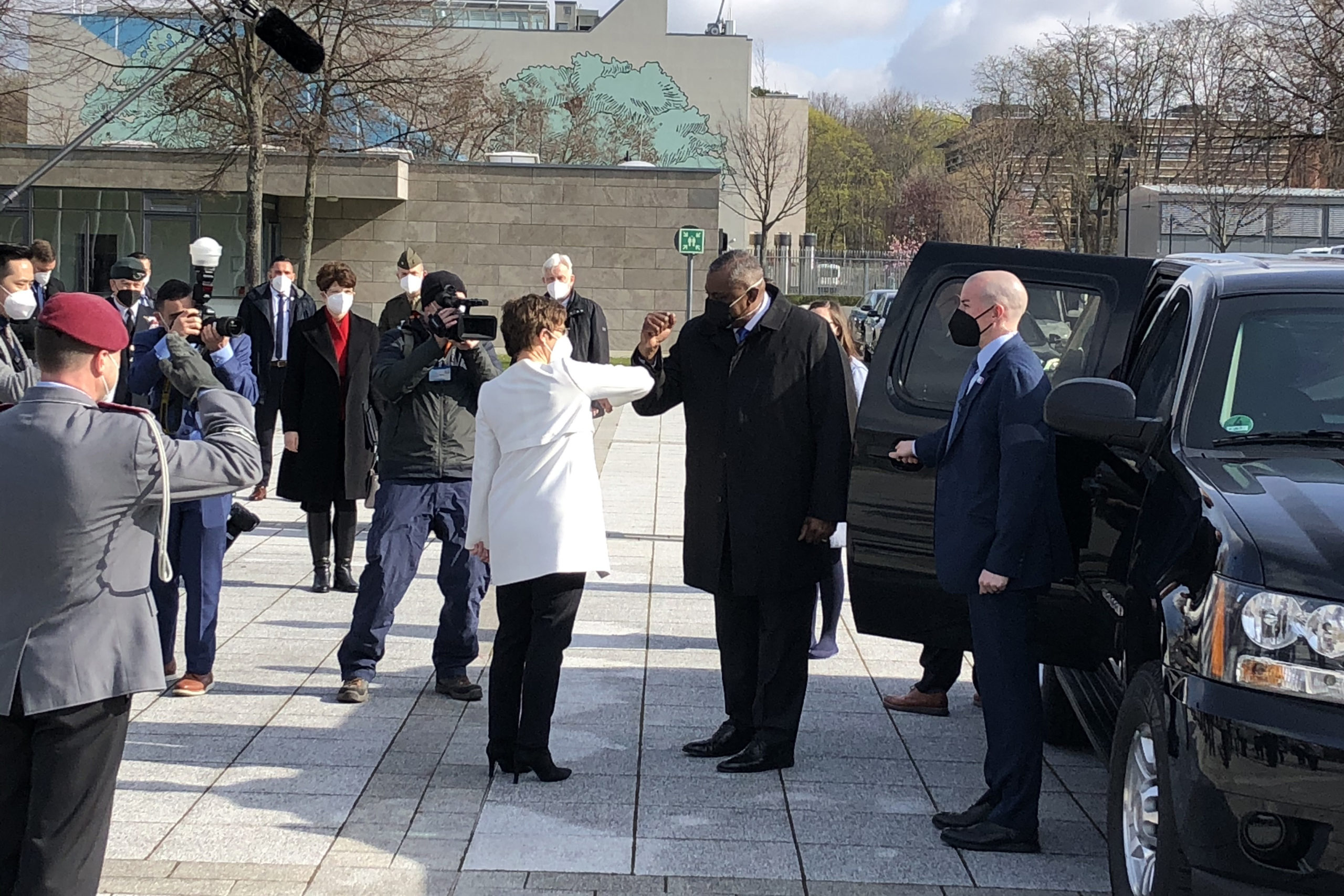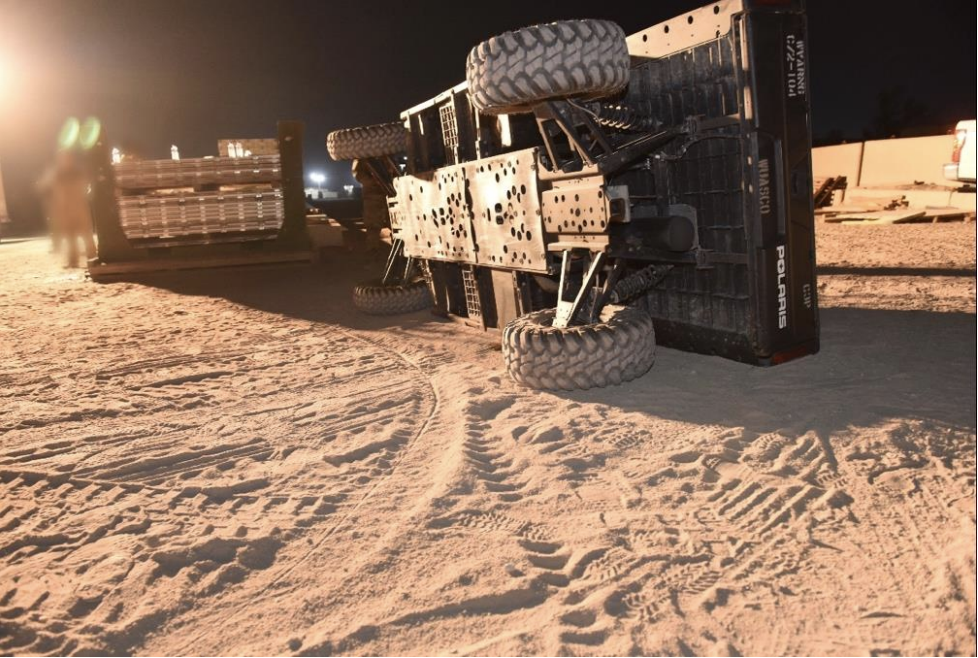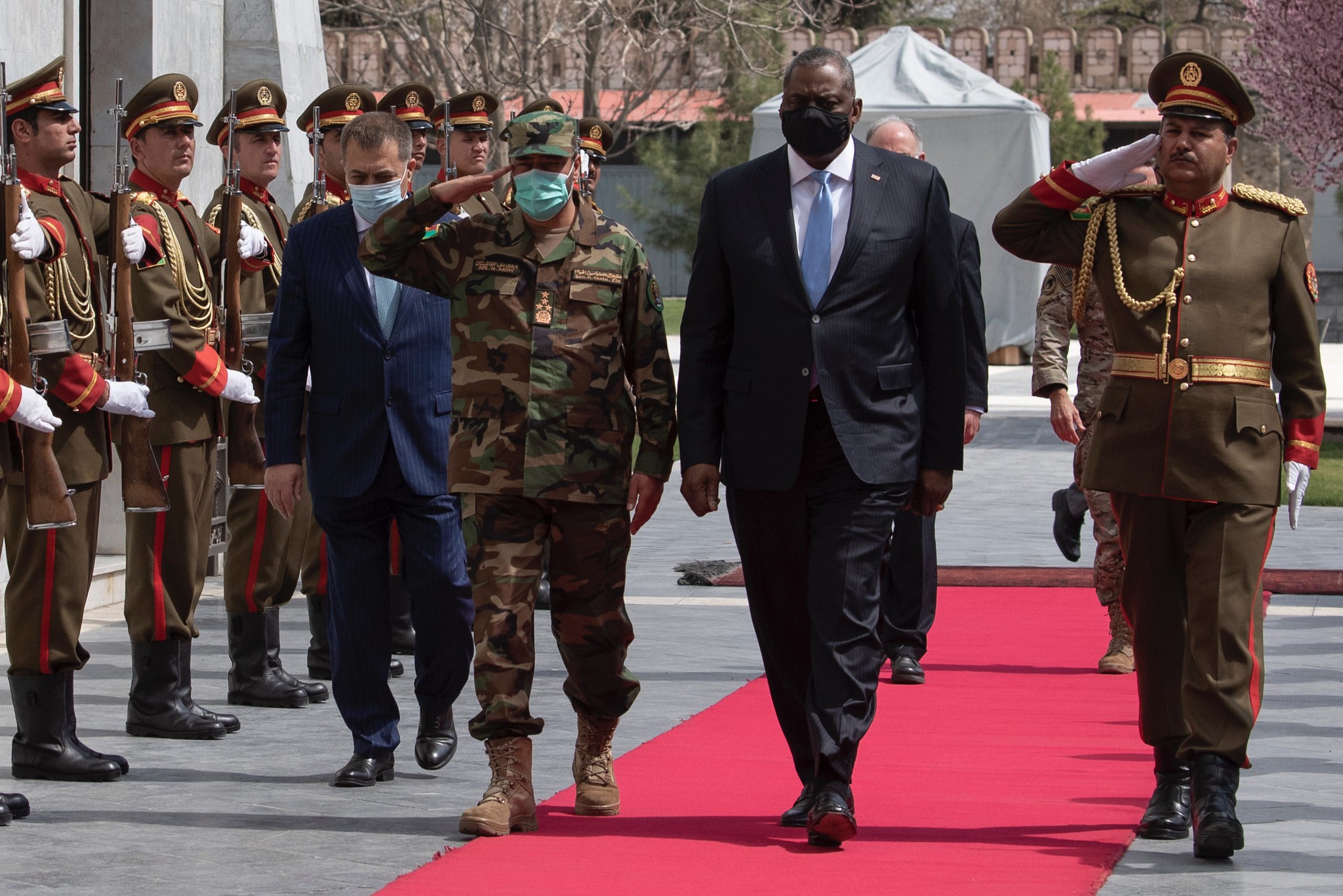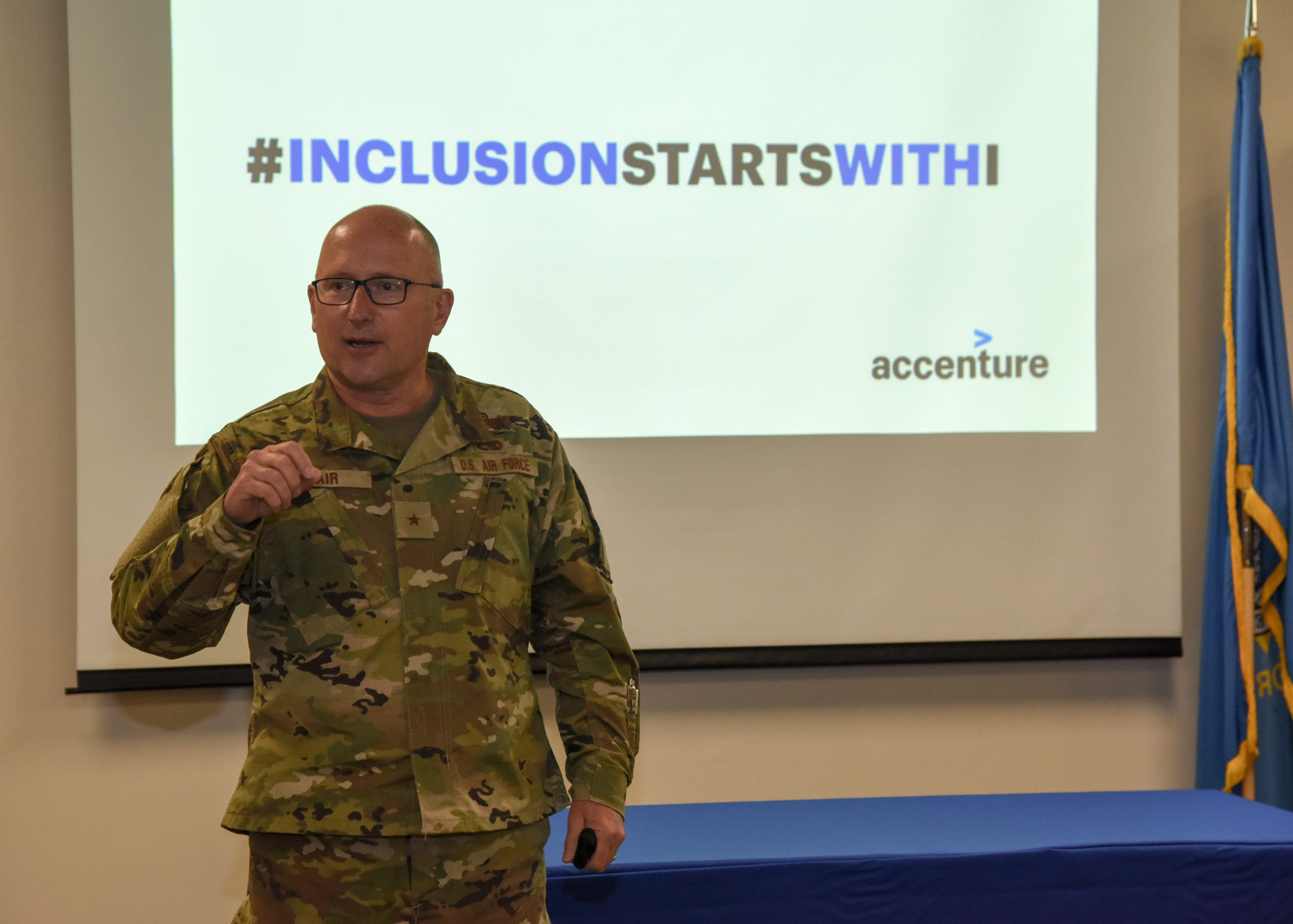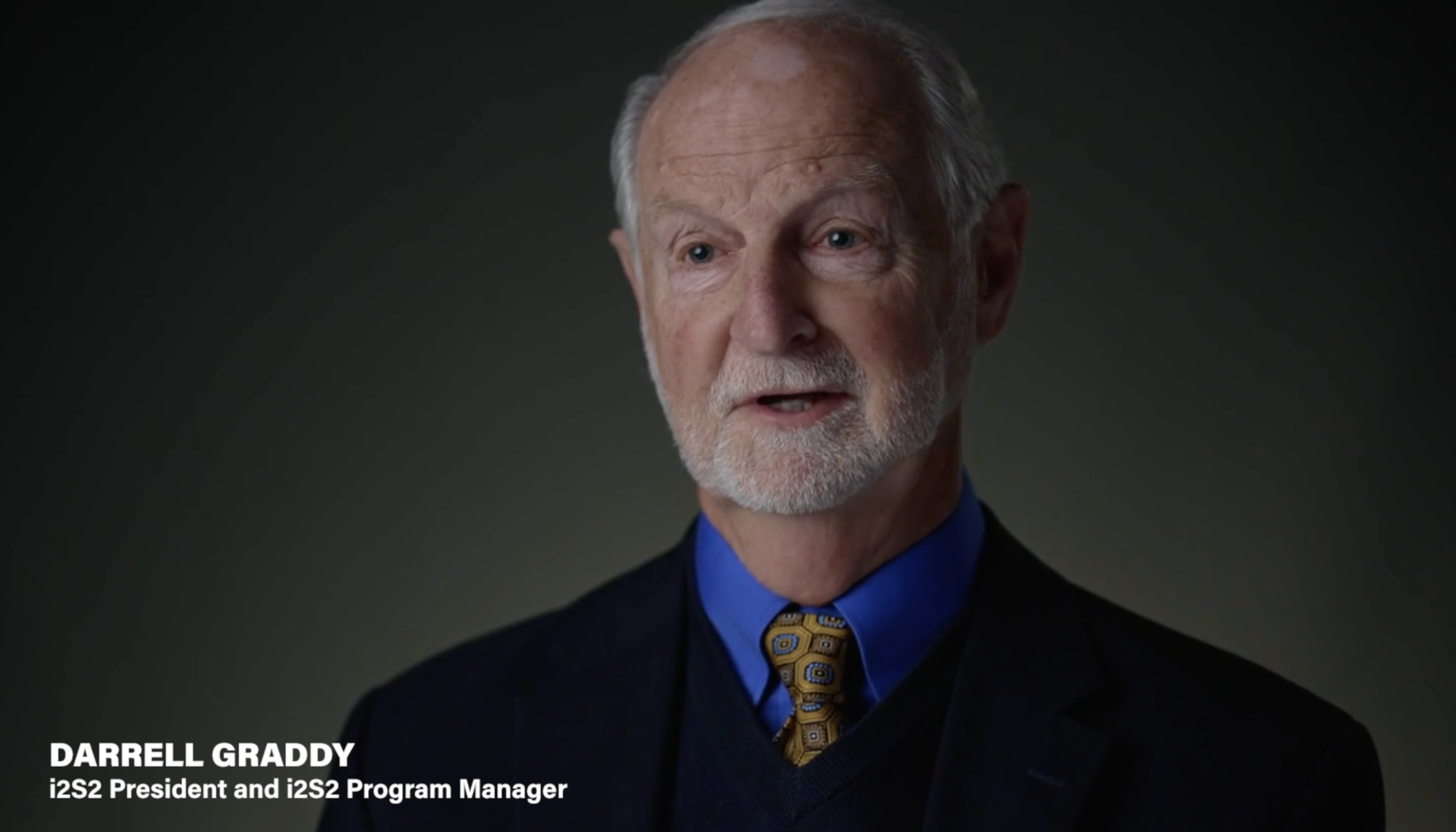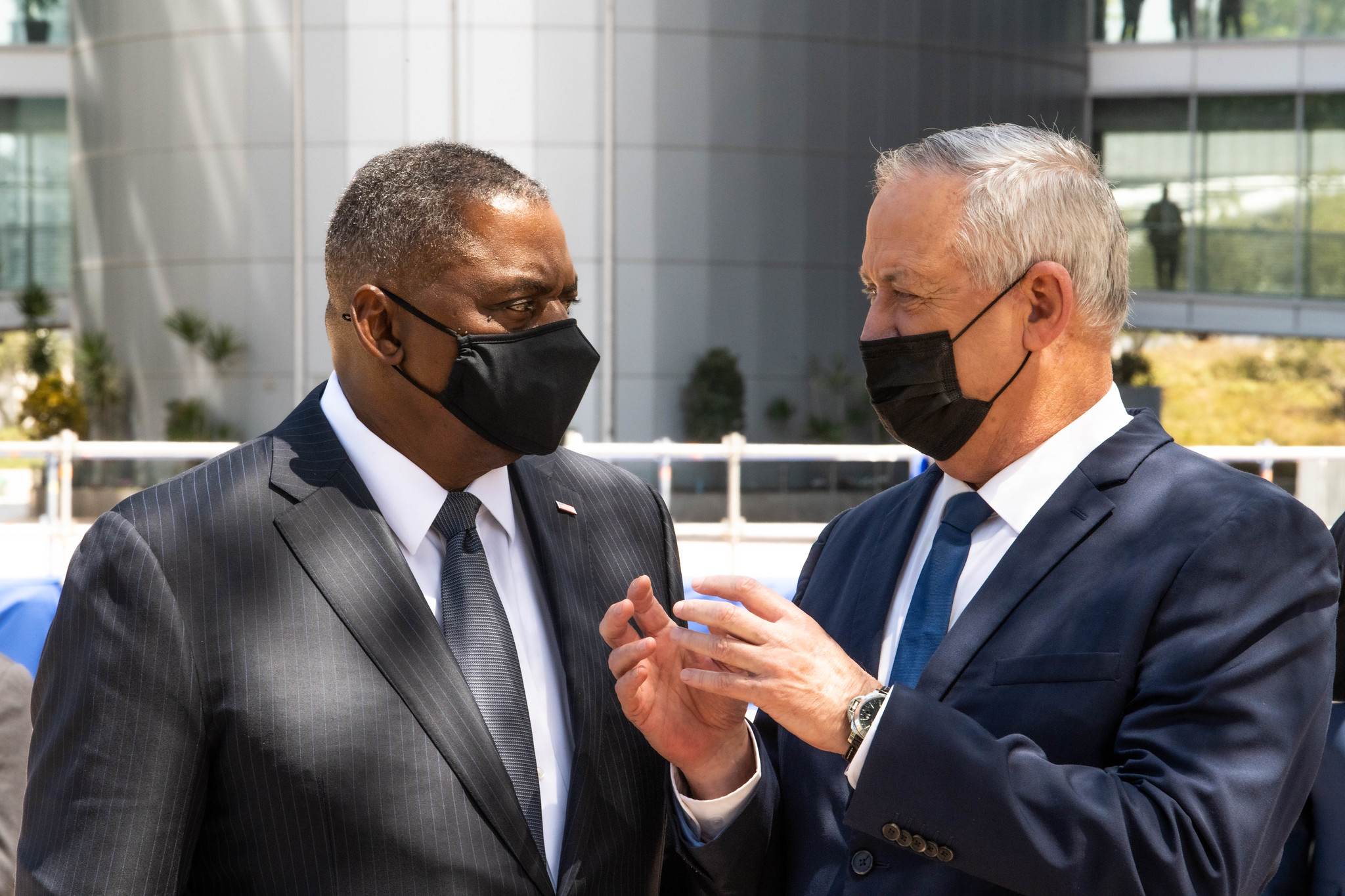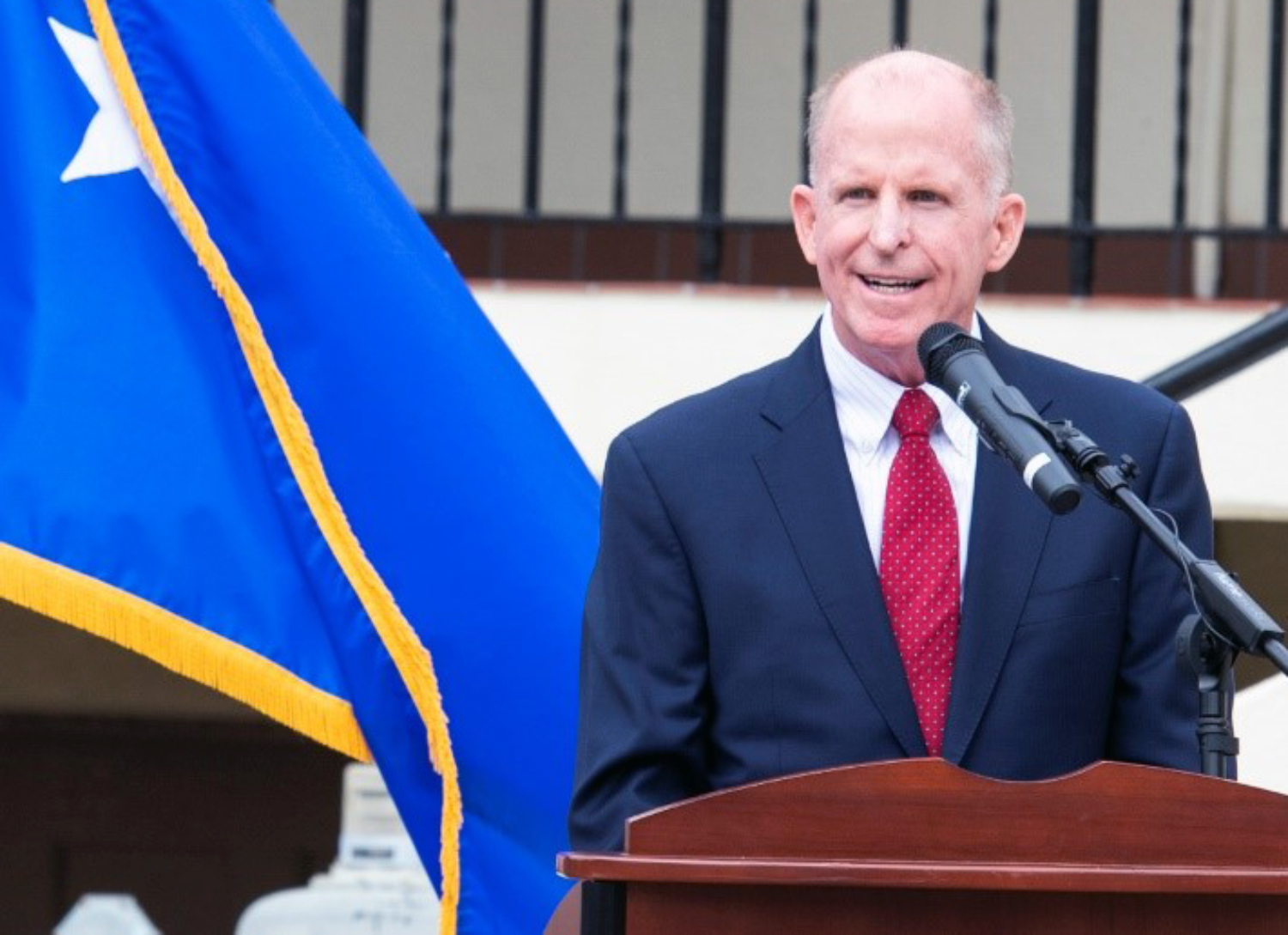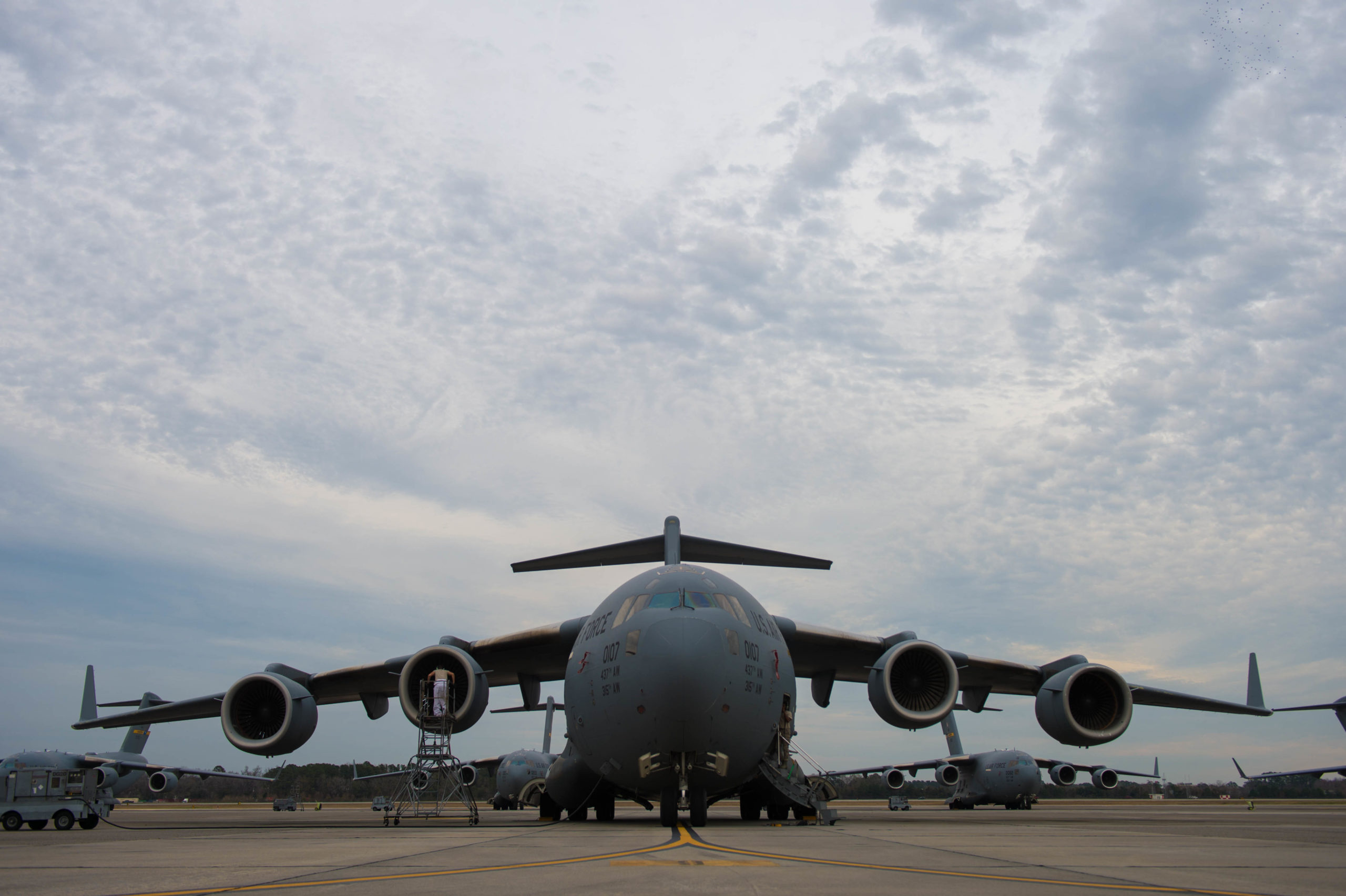Five hundred more U.S. personnel will be based in Germany starting later this year, in a reversal from the Trump administration’s plans to draw down the number of troops in the country.
Defense Secretary Lloyd J. Austin III announced the increase during a visit to Germany’s Ministry of Defense on April 13, saying it “underscores our commitment to Germany and the entire NATO alliance.” It comes amid a broader freeze of U.S. force structure changes in Europe as part of a global posture review.
“Germany is one of our staunchest allies, and our relationship is built on shared values of freedom, democracy, human rights, and the rule of law,” Austin said. “Today, those principles are increasingly under duress. Amid shifting global dynamics and a challenging security environment, Germany will continue to be an important security and economic partner for the United States in the years ahead.”
German Defense Minister Annegret Kramp-Karrenbauer said the shift was “great news” and a “very strong signal of our partnership and friendship.”
U.S. European Command boss USAF Gen. Tod D. Wolters told the Senate Armed Services Committee on April 13 that the Soldiers are part of long-distance fires capability that will “improve our ability in all domains” and “increases our ability to deter.”
In July 2020, then-Defense Secretary Mark T. Esper and Wolters announced the broad force structure changes, which would have removed 12,000 troops from Germany, including shifting F-16s from Spangdahlem Air Base and stopping the planned move of tankers and special operations aircraft from RAF Mildenhall, England, to the country. The announcement received strong criticism from Capitol Hill, with lawmakers blocking funding for the move in the 2021 defense policy bill. Wolters announced in February the plans were on hold as the new administration reviewed the decision and it’s impacts.
